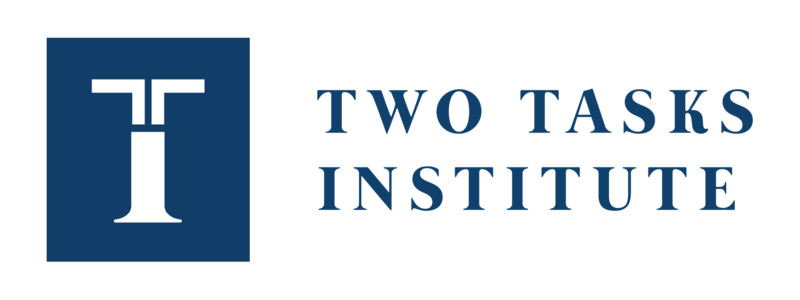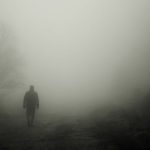
EPISODE SUMMARY:
In the second episode of season 7, Paul and Courtney look at philosophical, biological and theological definitions of human persons, and explore the “what” and “who” questions: What kind of beings are we and why does it matter?
EPISODE NOTES:
What are Humans?
- Humans are persons.
- The Boethian definition of a person as “an individual substance of a rational nature” became the touchpoint for what it means to be a person. First, on this view, humans are not the only kinds of persons: there are divine and angelic persons too. Second, persons are beings with a high status—distinct from animals, persons are thought to be of supreme value, because they are rational creatures.
- Humans are selves.
- A self is “a being that is conscious of itself.” Persons possess a power to govern themselves, to be self-determiners of their lives, their choices, their actions; this power to self-govern was called “autonomy.”
- Humans are particularized natures.
- Two things to notice about humans: (1) There is a way we are: we have certain qualitative features or characteristics; and (2) There are various ways we could be: we have certain dispositional features or characteristics. My nature grounds the kind of thing I am and my qualitative and dispositional features “flow” from this nature.
Who are Humans?
- We are Biological Humans: we are all the same biological species; every human person alive today, from a scientific point of view, is equally and fully human.
- We are Theological Humans: we all bear God’s image (imago Dei).
- We are Philosophical Humans: humans are “rational animals”; this definition picks out our essence, those we share with other biological organisms and those that are unique to humans.
How Should We Locate Human Persons in this World Created by God?
- First, regarding the biological definition of humans, it is important to note that we shouldn’t identity humans with biological animals (reasons to be discussed in the following episode).
- Second, there are even problems with identifying humans with the divine image. If human persons are identical with creatures who uniquely image God, then this rules out angels as being created in the divine image and intelligent alien life as being created in God’s image. While it is true that all humans image God, it is not obvious in theological circles whether only humans image God.
- Third, we can locate humans—rational animals—as part of the hierarchy of beings. A hierarchy that begins with God, then angels, then humans, then animals, then plants, then inanimate substances, then non-being. This classical way of viewing reality follows from the perfection and goodness of God and his desire to communicate his perfection and goodness to creatures.
- Last, we can locate human persons within a traditional way of understanding reality. On this traditional story, all things are from God and one day return to God.
RESOURCES MENTIONED:
- Paul Gould, A Good and True Story
- Norman Kretzmann, “A General Problem of Creation,” in Being and Goodness, ed. Scott MacDonald.
- Timothy O’Connor, Theism and Ultimate Explanation
- Joshua Swamidass, The Genealogical Adam & Eve
- Thomas Aquinas, Summa Contra Gentiles, Book Two: Creation
- Kevin Timpe, Freewill in Philosophical Theology
- Linda Zagzebski, The Two Greatest Ideas





